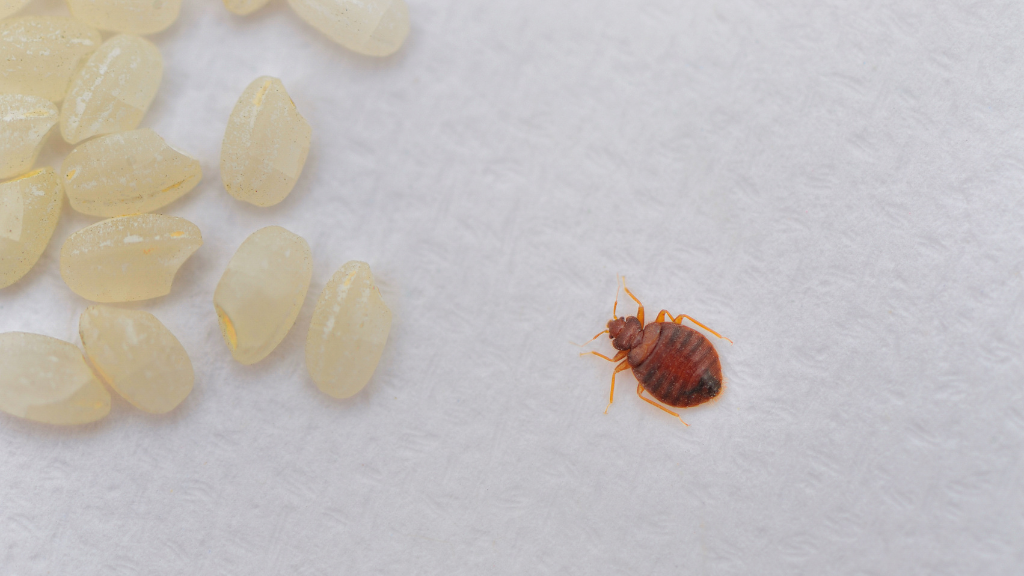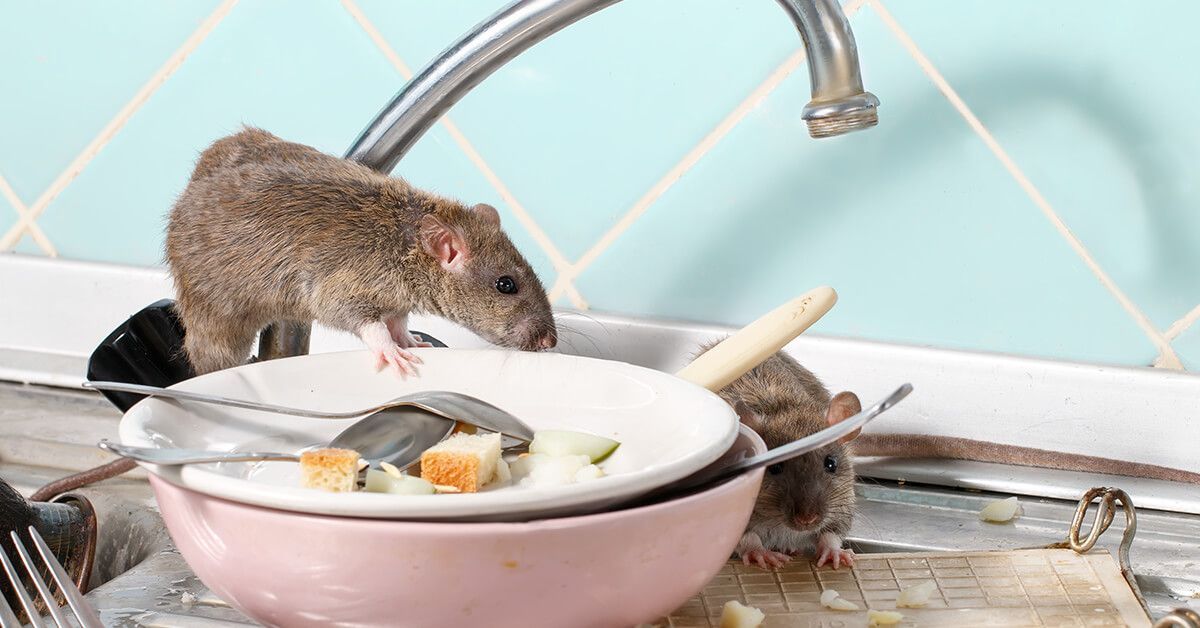Capable of disappearing in the blink of an eye, bedbugs are the Houdinis of the insect kingdom. Found lurking in the tightest of spaces—mattresses, headboards, baseboards, bedside and dresser drawer joints, edges of the carpet, and even cracks in the wall—these tiny, six-legged bloodsuckers can be quite disruptive to your nightly sleep routine.
It’s important to equip yourself with the important facts so you can properly identify bedbugs and get the professional help you need to eradicate them. If you already suspect you have a bedbug problem, don’t wait—contact our field experts at Local Exterminator for quick and reliable assistance so you can get rid of bedbugs ASAP.

WHAT IS A BEDBUG?
Bedbugs ( Cimex lectularius, Cimex hemipterus ) are small parasitic insects that belong to the Cimicidae family. Despite their small size, typically ranging from 5 to 7 millimeters in length in fully formed adults, bedbugs are notorious for being active at night and emerging from their hiding spots to feed on the blood of people and mammals while they sleep.
These pests thrive in residential homes and can be challenging to get rid of due to their ability to hide in tight spaces and survive for long periods without a blood meal. Depending on the temperature and humidity of the area in which they live, bedbugs can survive without food for anywhere from 20 to 400 days.
ARE THERE DIFFERENT TYPES OF BEDBUGS?
Bedbugs, bat bugs, swallow bugs, and poultry bugs all belong to the Cimicidae family, suborder Heteroptera. Species of the Cimicidae family equal to less than 100 described species worldwide, even though they are well known for their temporary habitats and unusual reproduction style, otherwise referred to as traumatic insemination.
Here’s a quick breakdown of the basic parts of a bedbug:
- Antennae: As in many other insects, the two antennae are used as sensors to guide bedbugs toward their next host.
- Proboscis: The proboscis is the small tube mouthpart bedbugs use to draw blood from their host. When it is not being used, it can hide under the insect’s mouth. When it’s time to feed, the tube becomes elongated.
- Eyes: Bedbug’s eyes consist of repeating segments known as ommatidia. They are highly sensitive to movement.
- Head: Bedbugs have short, broad heads right above their thorax.
- Thorax: The thorax is the main segment of the body where the head and legs attach.
- Wing Pads: Wing pads are only found in adult bedbugs. They represent where wings would typically develop as the bedbug matures. Bedbugs today do not have wings or the ability to fly.
- Legs: Bedbugs have three pairs of legs, which equals six legs in total. These legs play a significant role in their ability to travel and function on a daily basis.
- Abdomen: There are 11 segments within the abdomen of a bedbug. These segments will expand to allow more blood to be consumed and stored, causing the shape of the bedbug to appear swollen or balloon-like. If the abdomen has a pointed tip towards the rear, it is a male bedbug. If the abdomen displays a rounded tip toward the rear, it is a female bedbug.
Like other species that belong to the class Insecta, bedbugs have three pairs of legs—six legs in total. Understanding the structure and function of bedbugs’ six legs reveals how these tiny pests can infest so quickly and thoroughly.
STRUCTURE
Bedbugs have three pairs of two legs, totaling six legs in all. Each individual leg has several segments; a coxa (base), trochanter, femur, tibia, and tarsus. The tarsus is the part of the leg that contains small claws used to grip surfaces .
MOBILITY
A bedbug’s six legs are used primarily for mobility and navigation purposes. Having six legs allows them to crawl quickly and on a variety of surfaces, whether that be bedding, furniture, clothing, walls, or different types of flooring. Since they do not have wings and are unable to jump, a bedbug’s six legs are its sole means of transportation.
ADAPTABILITY
Bedbugs are known for their ability to move quickly and hide in tight spaces when trying to remain undetected. The legs of a bedbug are unique in that they are able to flatten against their body, as well as help them cling to any surface they are traveling on.
SENSORY FUNCTIONS
As you might expect, a bedbug’s legs greatly affect its sensory reception. Tiny hairs on the legs help them detect things like heat and moisture, even when it’s coming from their human or animal host. Their ability to receive sensory information comes in handy when detecting the location of their next blood meal.
If you suspect you have a bedbug infestation or a pest infestation of another kind, don’t hesitate to contact your pest control company.
At Local Exterminator, our professional field experts provide swift, customized solutions to rid you of any pest infestations. We’re here to help you remove unwanted insects and other bothersome critters so you can feel confident and comfortable in your home again. Don’t let these sneaky bloodsuckers rob you of your peace of mind any longer. Contact us today for a free quote.




